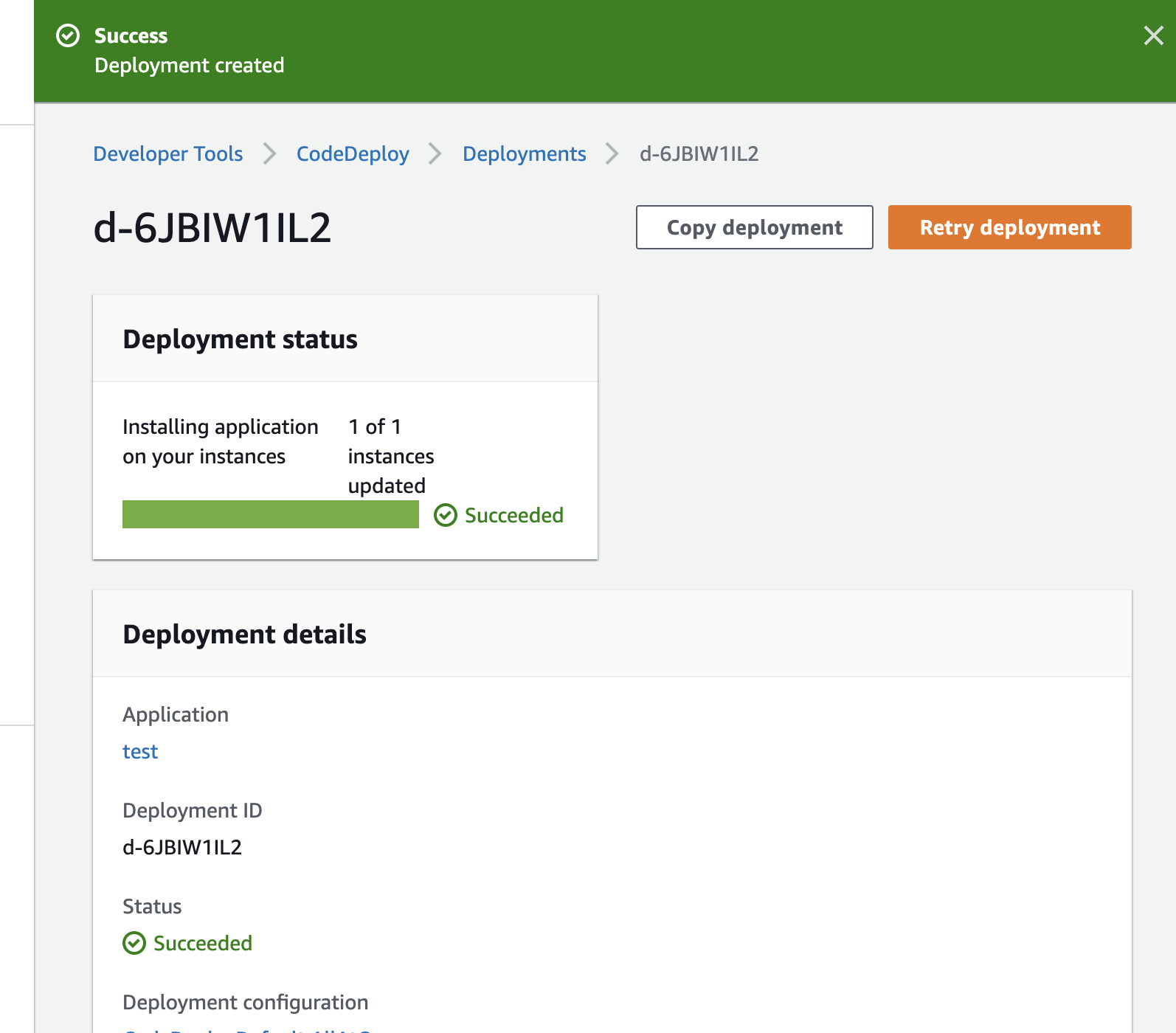### 既存のWebサーバのAMIを取得
Instances -> Actions -> Image -> Create Image
### purivate subnetのインスタンスの作成
作成したAMIから、再度インスタンスを作る
${appName}-prd-01-private
vpc:dev-vpc
subnet:dev-subnet-private1
Public IP:enable
IAM role: s3readonly
Security group: prd
${appName}-prd-02-private
vpc:dev-vpc
subnet:dev-subnet-private2
Public IP:enable
IAM role: s3readonly
Security group: prd
### public subnetのインスタンス削除
instance -> instance state -> terminate
### ALBのターゲットグループに追加
TargetGroup -> Target -> 追加
->ALBのDNSを叩いて動作確認
->コンソールからinstanceのpublic ipを叩いてssh接続できない事を確認
### bastionのサーバ構築
Instance Type: t2.nano
VPC: dev-vpc
subnet: dev-public-subnet
Auto-assign Public IP: enable
storage size: 8Gib
tag: ${appName}-prd-bastion
security group: create ${appName}-sg-bastion, Custom TCP
key pair: 新規推奨
### bastionのkey pair
bastionサーバにログインし、home/ec2-user/.sshに 秘密鍵(***.pem)を配置する
bastionにSSHログイン
$ ssh ec2-user@*** -i ~/.ssh/***.pem $ sudo chmod 600 /home/ec2-user/.ssh/***.pem $ cd .ssh $ ls -l
### Webサーバのセキュリティグループ
ssh接続のソースをmyIPに変更
### bastionからprivate subnetのweb serverにログイン
$ ssh ec2-user@${private_ip} -i .ssh/aws-dev.pem
$ curl https://www.google.co.jp/
-> timeout
-> private subnetは、インターネットゲートウェイのルーティングが存在しないことが原因
### NATゲートウェイ作成
VPC -> NATGateways -> create
subnet: dev-subnet-public1
Elastic IP: 割り当て
Private route table
NAT Gateway 割り当て
curl https://www.google.co.jp/
-> レスポンスが返るようになる。

